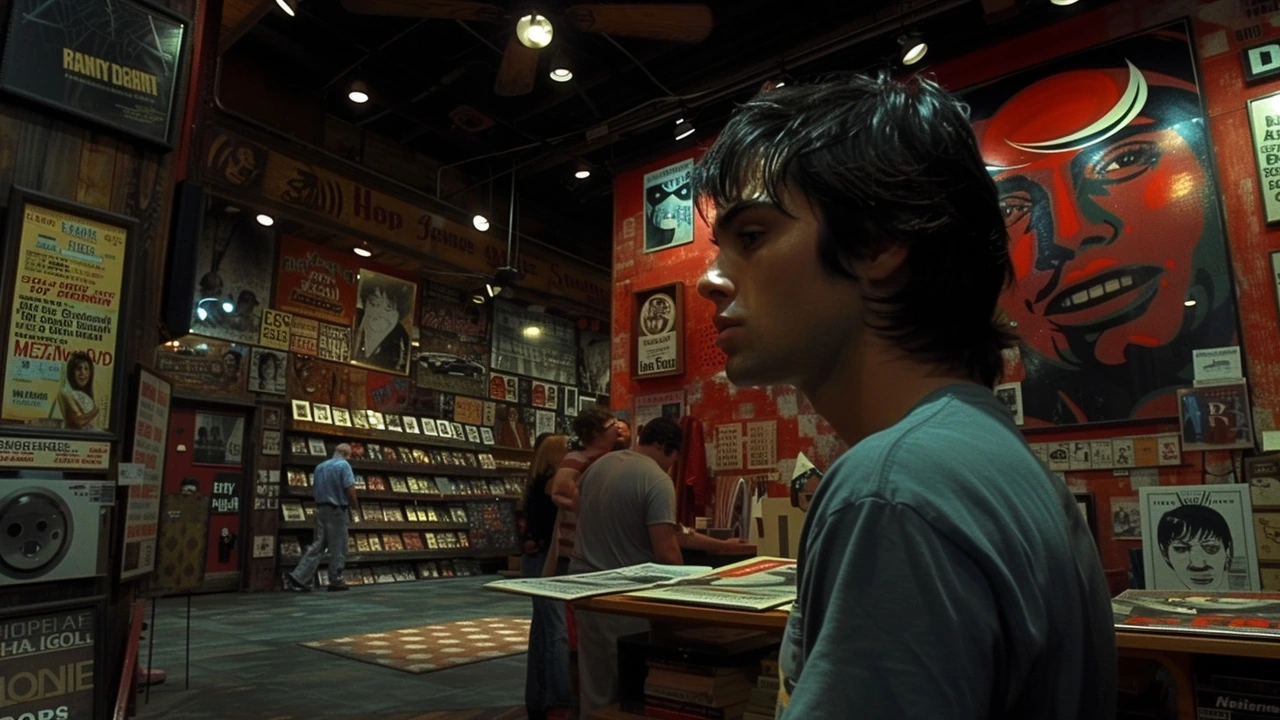Contemporary Cinema: What’s Shaping Films Now
Streaming releases now rival theatrical launches, AI tools help edit and color films, and festival hits can become global sensations overnight. If you want to understand contemporary cinema, skip theory and focus on three things: how films are made, who’s making them, and where to find the good ones.
How films are made has changed fast. Digital cameras and virtual production let low-budget teams look like big studios. Directors use remote workflows and real-time visual effects to cut costs and speed up production. That means more voices get a shot at making memorable movies — and you’ll see new styles mixing documentary realism, genre twists, and bold visual design.
Who to watch
Look for directors and creative teams, not just actors. Emerging filmmakers from indie scenes and international festivals often set the next trend. Names that pop up at Sundance, Berlinale, or SXSW are worth tracking. Also watch cinematographers and editors — their choices shape mood and pacing more than you might expect. If a movie’s photo and cut stick with you after the credits, pay attention to the crew credits next time.
Genre blending is a clear sign of contemporary cinema. Horror fused with social critique, sci-fi grounded in family drama, and comedies that turn dark are common. These mixes keep stories fresh and let filmmakers explore big ideas without feeling preachy. For example, a low-budget horror film can critique city policy while still delivering scares — that combo reaches both critics and wider audiences.
Where to find great new films
Festivals and curated streaming are the fastest routes. Festivals still launch careers: if a film wins an audience prize, add it to your watchlist. Curated streaming services and boutique distributors pick titles that major platforms bury. Follow a few programmers, critics, or small distributors on social media for weekly picks. Also check local arthouse theaters — they often screen restored classics and festival favorites that never hit big platforms.
How to watch smarter: avoid endless scrolling. Decide what you want — mood, theme, or director — and search directly. Use curated playlists or critic lists to skip filler. When you find a film you love, read interviews with the director to learn what choices made the movie work. That quick context makes your next watch richer.
Finally, talk about the films you see. Join a local screening, post a short review, or recommend titles to friends. Contemporary cinema moves fast; sharing what you like helps good films find louder audiences. If you want one practical tip: prioritize films that surprise you — the ones that risk something are usually the ones you’ll remember.

